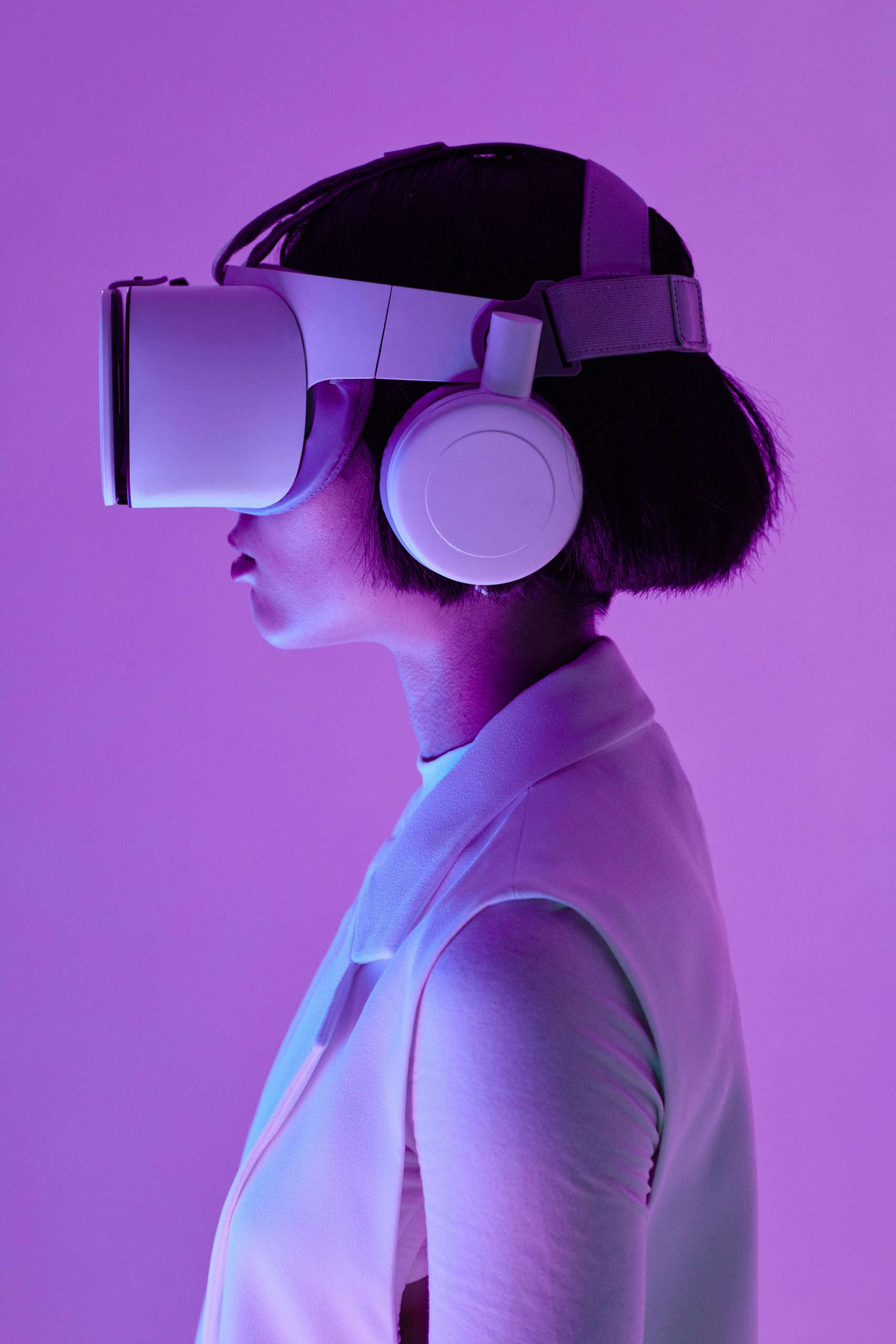In what ways can AI make non-singers make politicians appear to sing?
Unlocking the Magic: How AI Transforms Spoken Words into Singing Voices of Politicians and Celebrities
In recent years, the realm of artificial intelligence has revolutionized the way we manipulate audio recordings, especially voices of well-known figures like celebrities and politicians. A particularly intriguing trend is the use of AI to generate singing performances from regular speech recordings—regardless of whether the original voice is a seasoned singer.
But how does this process actually work? Many enthusiasts and even some experts are curious about the mechanics behind transforming simple voice clips into convincing singing renditions. The question isn’t just about the end result—an AI-generated song—it’s about understanding the intricate process that makes such a transformation possible.
The core method involves advanced voice synthesis techniques. AI models are trained on extensive datasets comprising audio recordings and transcriptions. These models learn the unique vocal characteristics—intonation, pitch, tone, and speech patterns—of the individual. Once trained, they can manipulate the voice output, adjusting parameters to produce singing sounds that mimic the original speaker or singer.
One popular approach involves using neural networks known as speech-to-singing models, which analyze speech patterns and then re-synthesize them with musical elements infused. These models can incorporate pitch contour adjustments, vibrato, and rhythm to produce a convincing melodic performance from the spoken words.
It’s important to note that this is a highly sophisticated process. Developers leverage techniques like deep learning, voice cloning, and neural vocoders. These technologies essentially “teach” the AI to understand the nuances of human speech and singing, allowing it to generate new audio that sounds natural and musical.
In summary, while it might seem like magic, creating singing voices from spoken audio is rooted in complex AI-driven processes that analyze, learn, and then recreate vocal performances. This intersection of machine learning and audio synthesis is opening up fascinating possibilities—making it easier than ever to hear politicians and celebrities “sing” in ways that were once thought impossible.
If you’re interested in exploring this technology further, keep an eye on developments in neural voice synthesis and AI music generation—they’re transforming the landscape of digital audio.














Post Comment